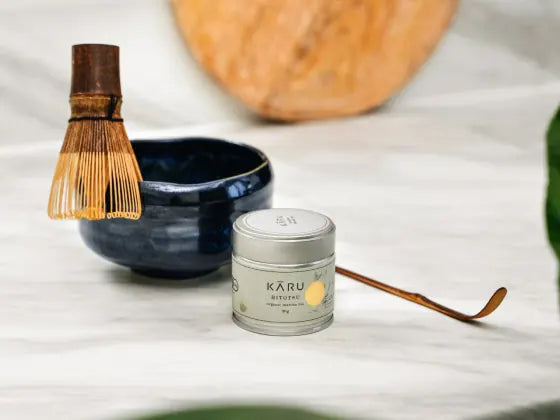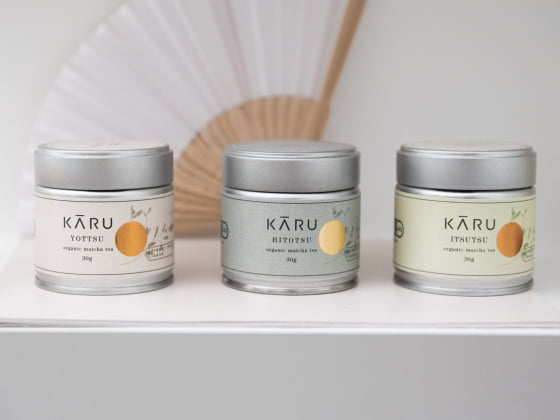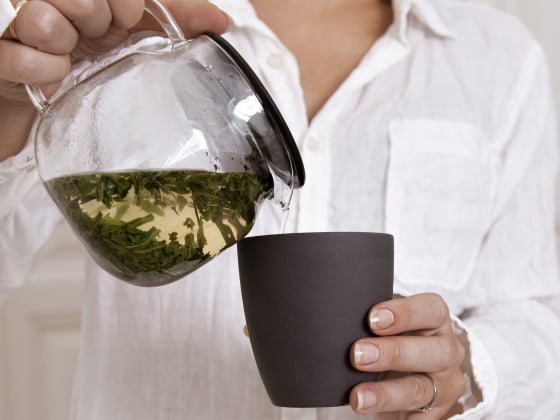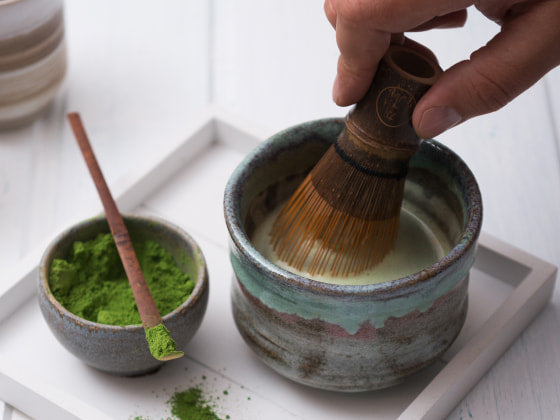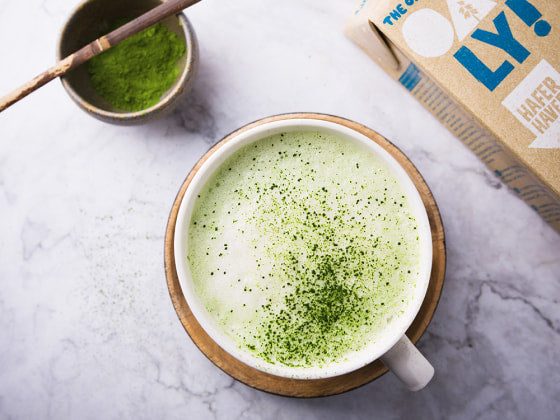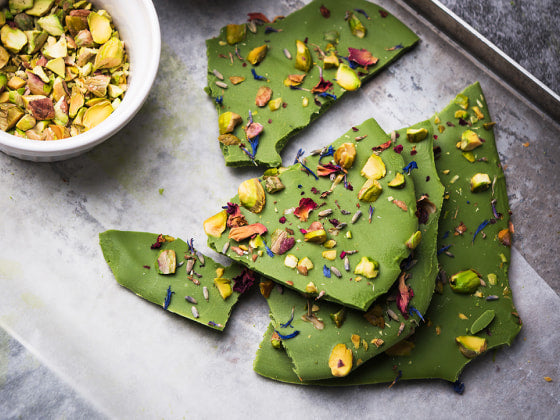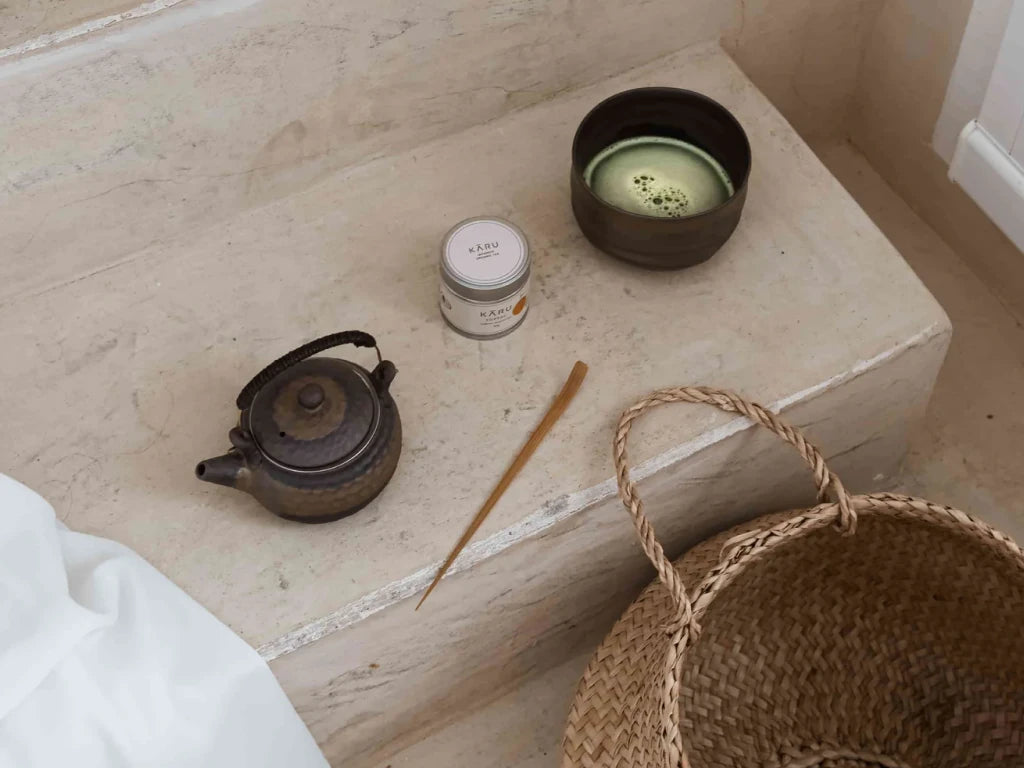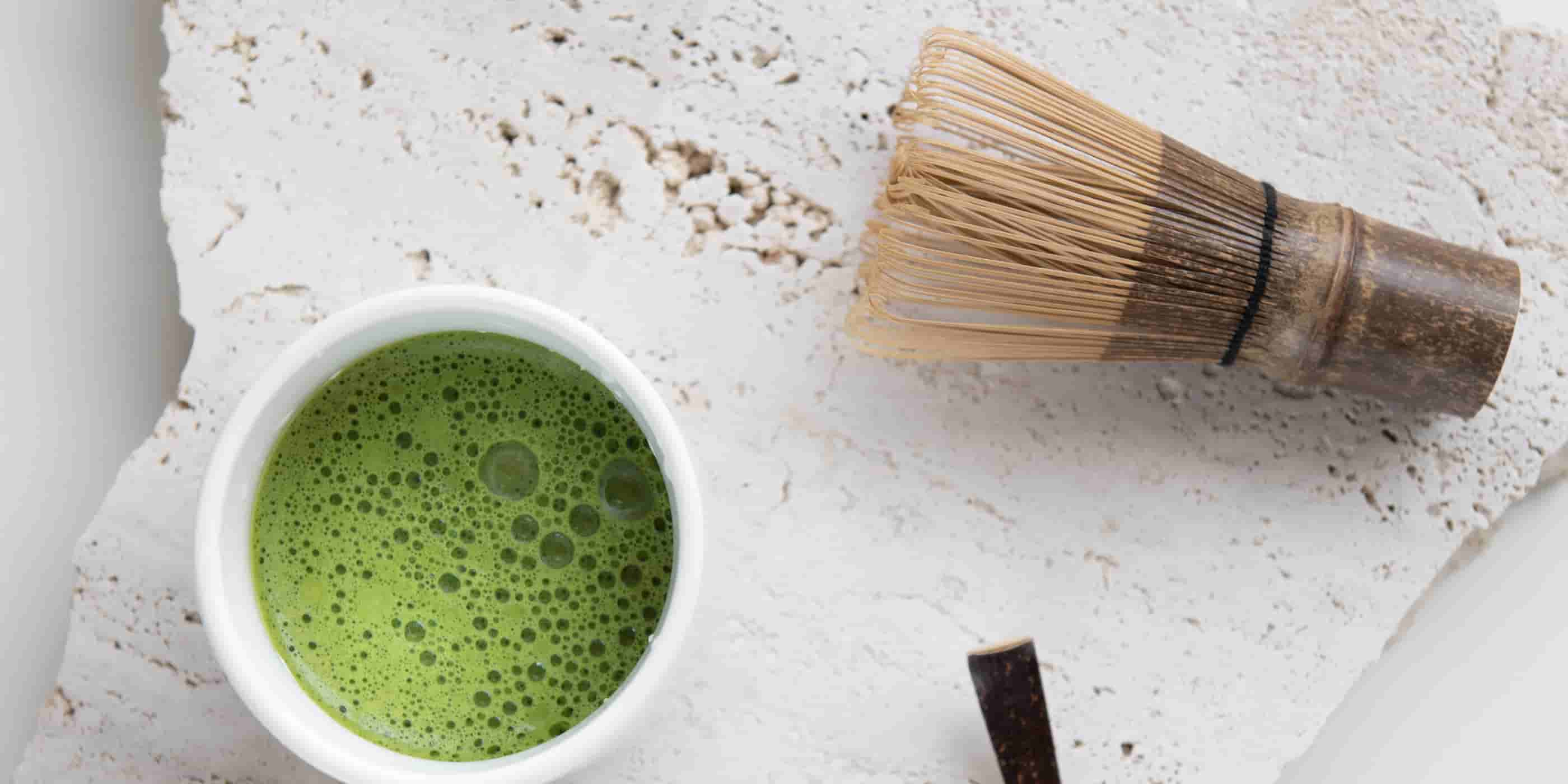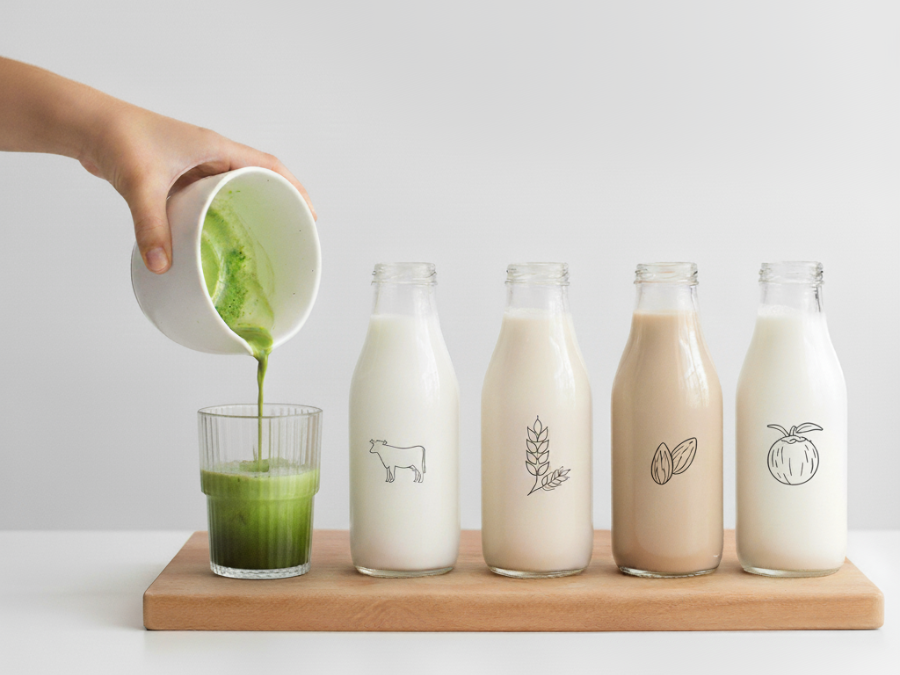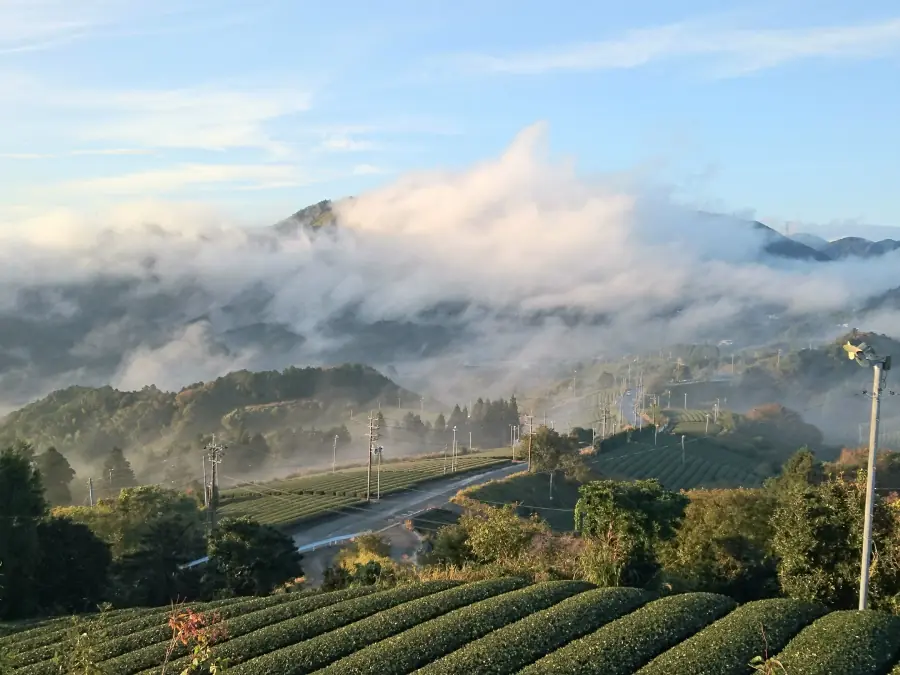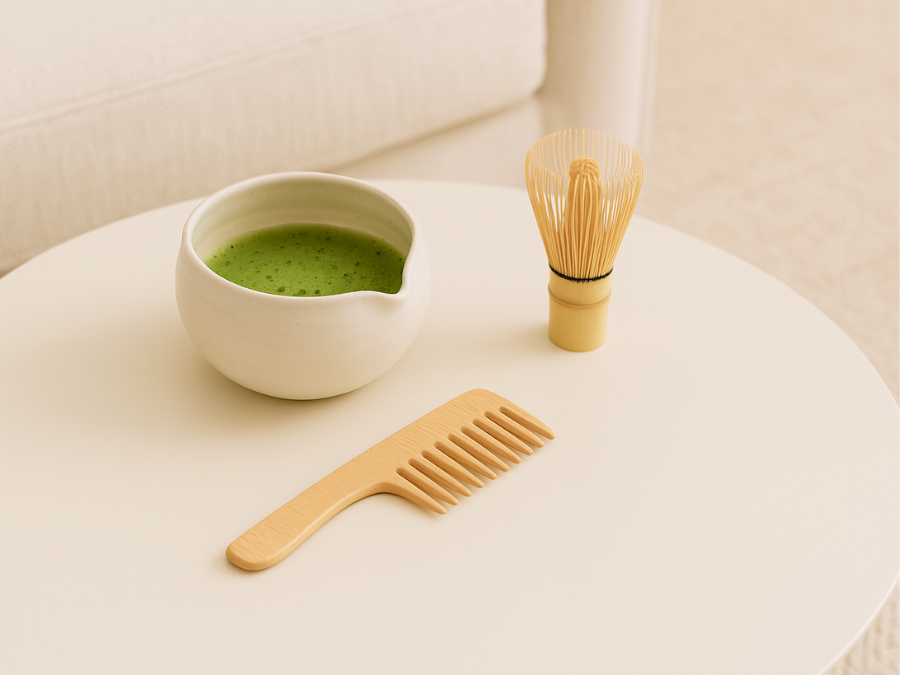When you walk into a tea store or stand in front of the tea shelf in the supermarket, you are literally overwhelmed by the choice of teas. Various herbal teas, fruit teas, different green and black teas, white teas and many more fill the shelves. How are you supposed to keep track of everything? Do you know this feeling?
So that you don't despair on your next visit to the tea store, supermarket or online store, today we want to give you a brief insight into the differences between the six different types of tea.

Why only six different types of tea?
It's simple: all the teas come from one and the same tea plant Camellia Sinensis plant. The numerous herbal and fruit teas mentioned at the beginning are therefore, strictly speaking, only tea-like teas. infusions. The reason for this is that they do not consist of parts of the tea plant.
There are the following "real" teas:
- Green tea
- White tea
- Black tea
- Yellow tea
- Oolong tea
- Pu-erh tea
One plant and yet different?
The main difference between the tea varieties is their fermentation process. In this process, the initially green tea leaves are exposed to oxygen after harvesting and thus oxidize. With increasing oxidation the leaves turn dark to black.

What exactly is the difference?
The table gives you an overview of the different types of tea, their fermentationcountries of production and examples of known varieties:
|
Tea variety |
Fermentation |
Country of production |
Known varieties |
|
Green tea |
Fermentation (0%) is prevented by roasting or steaming the tea leaves after withering. |
China, Japan, Taiwan, Indonesia, Nepal, Tibet |
|
|
White tea |
Unfermented (only leaf edges approx. 2%) and only young shoots are used. |
China, Taiwan |
Pai Mu Tan, Yin Zhen (silver needle) |
|
Black tea |
Strong fermentation (between 30 minutes and 3 hours) |
Japan, China, India, Sri Lanka, Taiwan, Nepal, Africa, South America, Turkey, Portugal, England, Iran |
Assam, Darjeeling, Ceylon, Sikkim, Quimen, Formosa |
|
Yellow tea |
Low fermentation and only young shoots are used. |
China, Taiwan |
Junshan Yinzhen, Mengding Huangya |
|
Oolong tea |
Semi-fermented, the process is interrupted after some time. |
China, Taiwan, India, Malaysia, Vietnam, Thailand, Malawi and Kenya |
Tie Guanyin, Yancha |
|
Pu-erh tea |
Fermentation is initially prevented. This is followed by a long post-maturing period with strong fermentation (up to 20 years). |
China, Taiwan |
Traditional method: green tea/sheng Accelerated process: ripe/shu |
Difference between the tea varieties in their effect
Those who drink tea primarily for its effect on the body should pay attention to two points:
Degree of fermentation and infusion time (or possible number of infusions).
Oxidation always takes place during fermentation, which also breaks down some of the ingredients or changes their effect on the body. For example, the concentration of amino acids is reduced with increasing oxidation and the caffeine is released from the plant substances to which it is bound in the raw tea leaf. The unbound caffeine is absorbed into the blood faster than bound caffeine, which means that the effect can be perceived as more intense, but also shorter.
The brewing time in turn influences how many ingredients (especially caffeine) can pass from the leaf into the drink. This is where green tea, in particular matchais way ahead of the rest. With matcha, the entire ground tea leaf is drunk, so that 100% of the ingredients end up in your body. Find out here everything about matcha at a glance.
And now we'd like to know which of these teas is your favorite and why? Did you already know that there are only these six teas and that everything else is "just" a tea-like product? We are curious :-)




